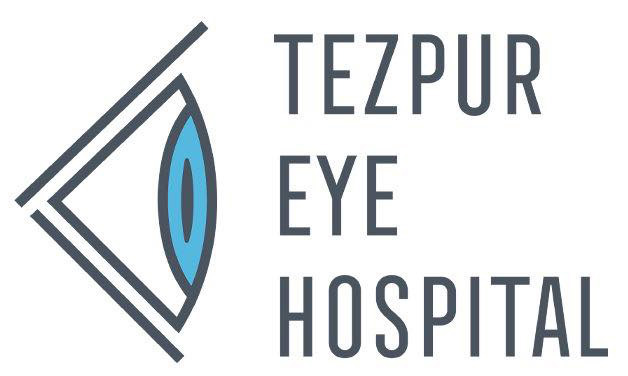Refractive Error
What are refractive errors?
In a normal eye, light is focused onto the retina, a light-sensitive tissue lining the back of the eye, for clear vision. Refractive errors exist when the curvature of the eye is mismatched to the length of the eye and light rays cannot focus properly on the retina. Myopia (near sightedness) is the most common refractive error, and occurs when the eye is too long or the cornea is too steep. Near vision is possible but distant objects appear blurred. Patients with hyperopia are farsighted; they can focus on more distant objects, but close-up objects appear blurry. This occurs when the eye is shorter than normal or the cornea is too flat. In astigmatism the curve of the cornea, and sometimes the lens, is uneven – steeper in one direction than the other – like a football or the back of a spoon. Presbyopia is the age-related loss of close-up focusing ability.
Who can get refractive errors?
Refractive errors can occur as part of the development of the eye in children, when they are usually of a mild to moderate degree, or they can be inherited from the parents, when they are moderate to severe in degree. In adult life, refractive errors can become manifest as the muscles in the eye weaken – this is usually seen with hyperopia. Refractive errors can also occur at any age due to pathological changes in the structures of the eye.
How do I decide which modality of refractive correction is suitable for me?
A variety of refractive options are now available that will fulfil the needs of all patients. It would be best to discuss your needs and requirements with your ophthalmologist – after a detailed evaluation of your eyes, the doctor would help you decide the most suitable option for your eyes.
What are the different types of spectacles and what are their advantages?
In general, spectacles form a safe and effective form of correction for most visual needs. A variety of options exist for this – both in the form of frames which can be light and hardy – shell frames; rimless and semi-rimless for a more stylish appearance; metal frames in various colours and designs; and designer wear for the fashionable. Lenses for refractive correction can be single vision – and with the advent of the high refractive index lenses, these can be made quite thin, both in glass and plastic to allow an acceptable cosmetic appearance.
What are ‘progressive’ lenses and when are they indicated?
For older persons, who need bifocal corrections, the advent of the progressive lenses has proved a boon, and not only are these cosmetically better in appearance, they also provide enhanced functionality. The absence of a separately powered inferior segment – as in the traditional bifocal – allows a seamless change in power from that for distance vision, to that for near vision – and this also incorporates the effective correction for intermediate distance – which is especially useful for those who work with computers for their daily activities. These glasses are also more suitable for those who spend time outdoors and indoors as the lack of a bifocal segment enables them to adjust easily to all activities.
Where can I get these spectacles made?
Tezpur Eye Hospital has an in-house optical service for the needs of its patients. Spectacle frames and a variety of lens choices are available to ensure that patients have their needs met in a scientific and cost effective manner.
